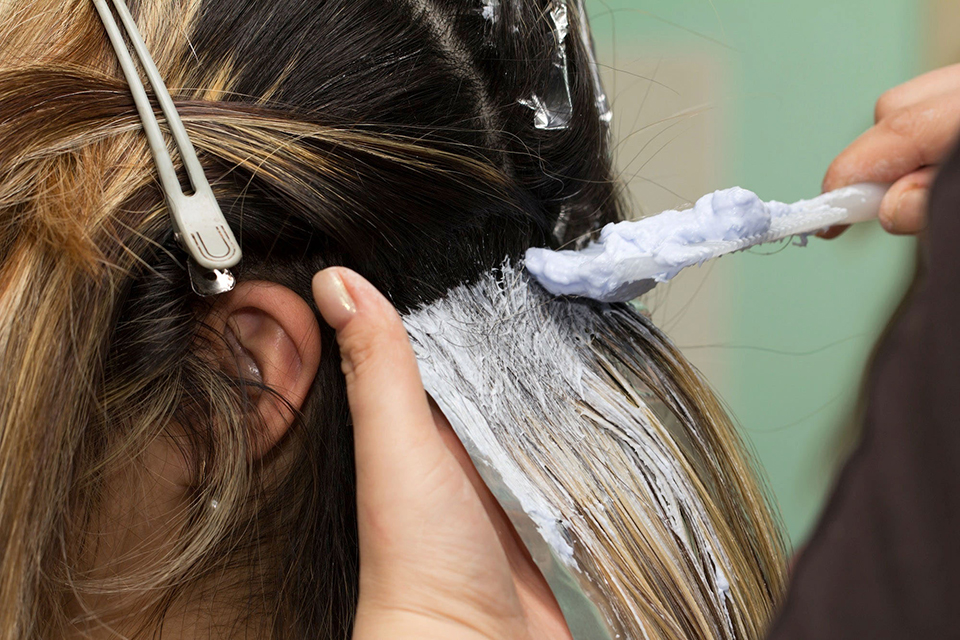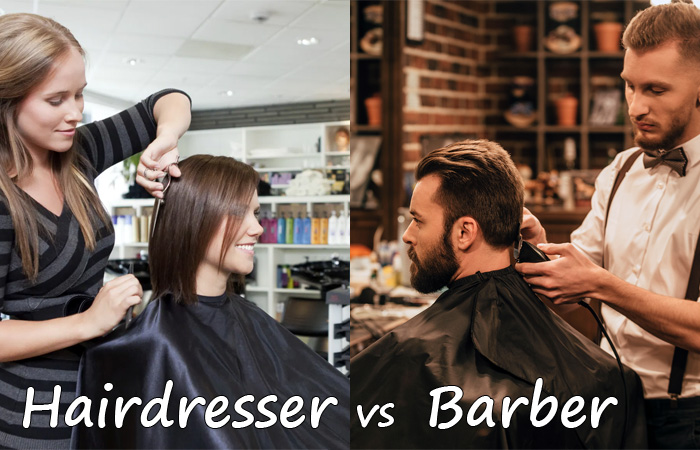Protecting the Color in Your Hair After Coloring
After investing time and money into getting your hair colored, the last thing you want is for the vibrant shade to fade quickly. Whether you've opted for a bold blue or a subtle caramel highlight, there are steps you can take to ensure that your color remains vibrant and fresh for as long as possible. This blog post will guide you through the best practices and tips to protect and prolong the life of your colored hair.
1. Wait Before Washing
After coloring your hair, it's recommended to wait at least 48 hours before washing it. This allows the color to fully set and ensures that the dye molecules are locked into your hair shaft. Washing your hair too soon can lead to premature fading.
2. Use Color-Protecting Shampoo and Conditioner
When it's time to wash your hair, make sure you're using products specifically designed for colored hair. These shampoos and conditioners have mild ingredients that won't strip the color from your hair. They also often contain UV filters to protect your hair from the sun, which can cause color to fade.
3. Rinse with Cool Water
Hot water can open up the hair cuticle, allowing color molecules to escape. Instead, when rinsing your hair, opt for lukewarm or cool water. This will help seal the cuticle and keep your color intact.
4. Limit Heat Styling
Excessive heat from hair dryers, straighteners, and curling irons can damage your hair and cause color to fade faster. If you must use heat styling tools, always apply a heat protectant beforehand and try to use the lowest heat setting that achieves your desired style.
5. Protect Your Hair from the Sun
Just as the sun can damage our skin, it can also fade hair color. If you'll be spending a lot of time outdoors, consider wearing a hat or using hair products with UV protection.
6. Avoid Chlorinated Water
Chlorine can strip color from your hair, making it look dull and faded. If you're swimming in a chlorinated pool, it's a good idea to wet your hair with fresh water first or apply a leave-in conditioner. This will help create a barrier, reducing the absorption of chlorine. After swimming, always wash your hair immediately to remove any chlorine.
7. Go for Regular Touch-Ups
As time goes on, even with the best care, hair color can start to fade. To keep your color looking fresh and vibrant, schedule regular touch-ups with your hairstylist. This will not only refresh your color but also address any roots or regrowth.
8. Stay Hydrated and Eat a Balanced Diet
Healthy hair holds color better. Make sure you're drinking enough water and eating a balanced diet rich in vitamins and minerals. Foods high in omega-3 fatty acids, biotin, and antioxidants can help boost hair health and shine.
Conclusion
Protecting the color in your hair after coloring requires a combination of the right products and mindful practices. By following the tips mentioned above, you can enjoy vibrant, fresh hair color for a longer time. Remember, the key is to treat your colored hair with care and give it the nourishment it needs.

